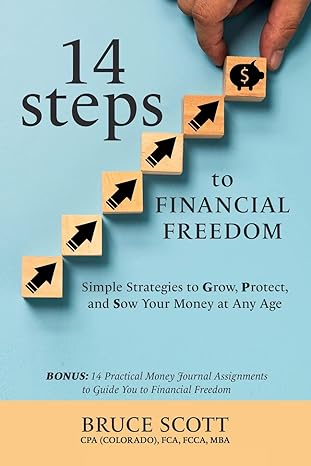Answered step by step
Verified Expert Solution
Question
1 Approved Answer
Simon Company's year-end balance sheets follow. At December 31 Assets Cash Accounts receivable, net Merchandise inventory Prepaid expenses Plant assets, net Total assets Liabilities and
Simon Company's year-end balance sheets follow. At December 31 Assets Cash Accounts receivable, net Merchandise inventory Prepaid expenses Plant assets, net Total assets Liabilities and Equity Accounts payable Long-term notes payable Common stock, $10 par value Retained earnings Total liabilities and equity Current Year 1 Year Ago 2 Years Ago $ 31,800 $ 35,625 62,500 $ 37,800 89,500 112,500 10,700 278,500 $ 523,000 $ 129,900 98,500 163,500 131,100 $ 523,000 82,500 9,375 255,000 $ 445,000 $ 75,250 101,500 163,500 104,750 $ 445,000 For both the current year and one year ago, compute the following ratios: 50,200 54,000 5,000 230,500 $ 377,500 $ 51,250 83,500 163,500 79,250 $ 377,500 The company's income statements for the current year and one year ago, follow. For Year Ended December 31 Sales Current Year $ 673,500 1 Year Ago $532,000 Cost of goods sold Other operating expenses Interest expense Income tax expense Total costs and expenses Net income Earnings per share $411,225 209,550 12,100 9,525 642,400 $ 31,100 $ 1.90 $ 345,500 134,980 13,300 8,845 502,625 $29,375 $ 1.80 (1) Debt and equity ratios. (2-a) Compute debt-to-equity ratio for the current year and one year ago. (2-b) Based on debt-to-equity ratio, does the company have more or less debt in the current year versus one year ago? (3-a) Times interest earned. (3-b) Based on times interest earned, is the company more or less risky for creditors in the Current Year versus 1 Year Ago
Step by Step Solution
There are 3 Steps involved in it
Step: 1

Get Instant Access to Expert-Tailored Solutions
See step-by-step solutions with expert insights and AI powered tools for academic success
Step: 2

Step: 3

Ace Your Homework with AI
Get the answers you need in no time with our AI-driven, step-by-step assistance
Get Started


